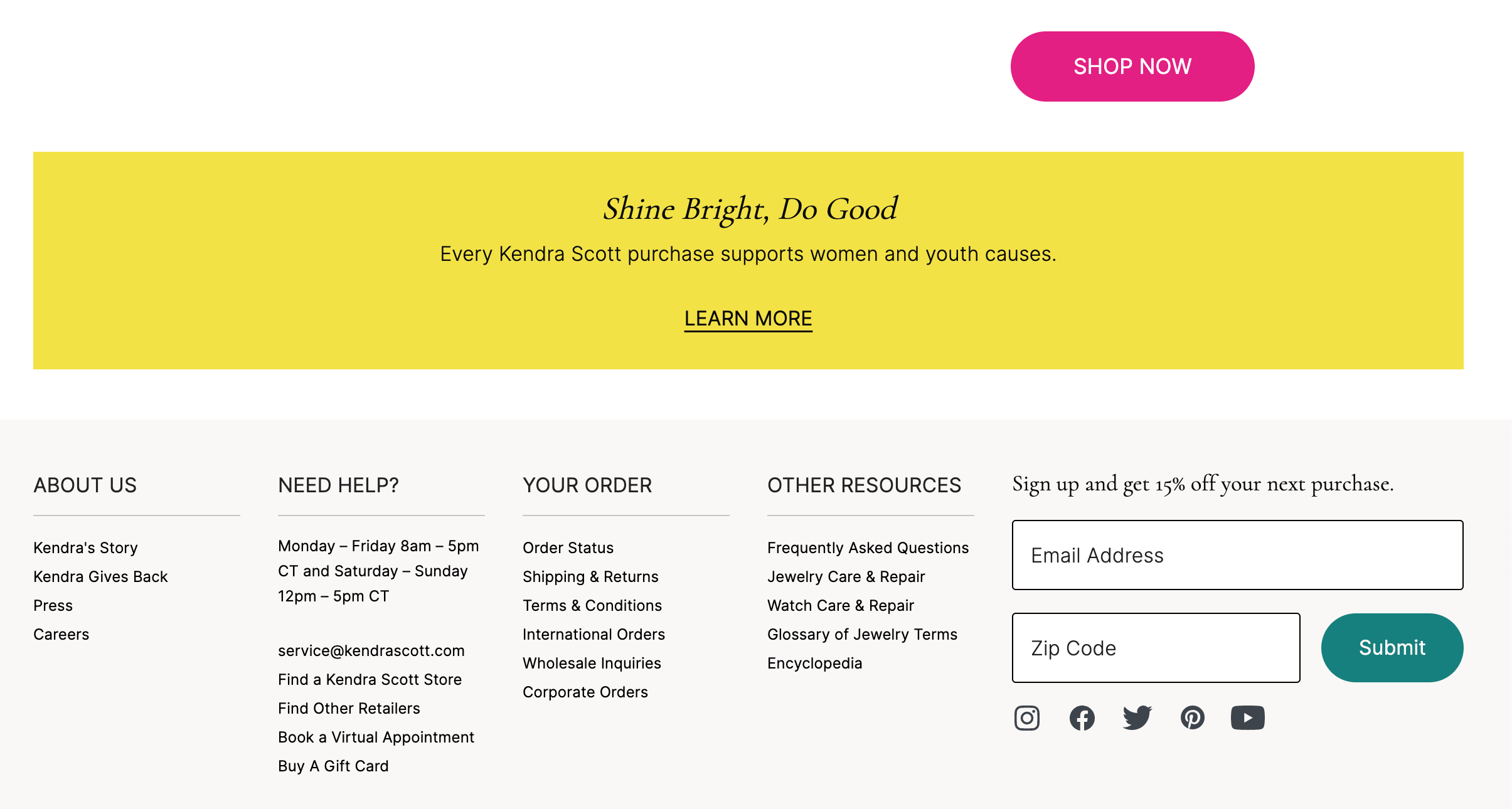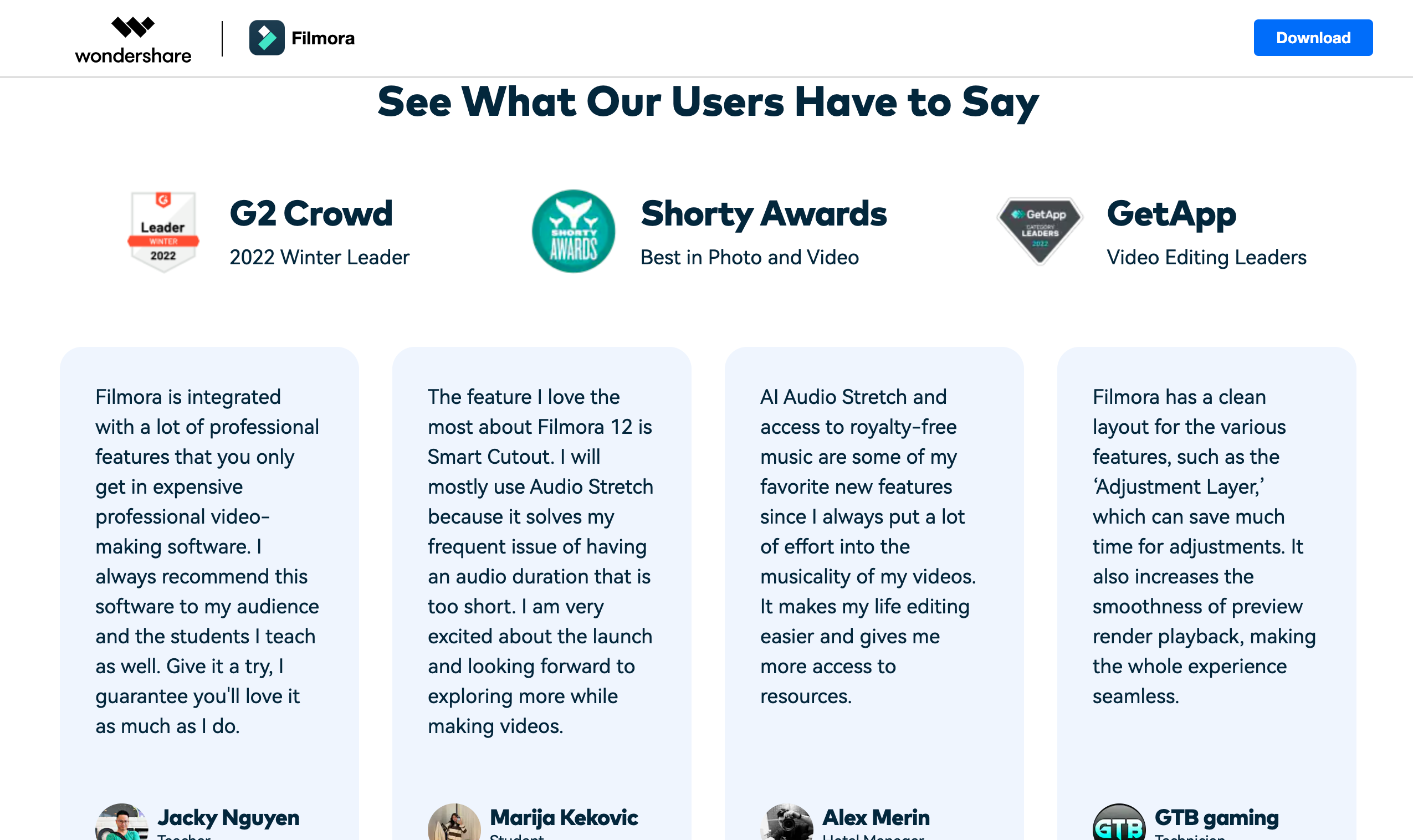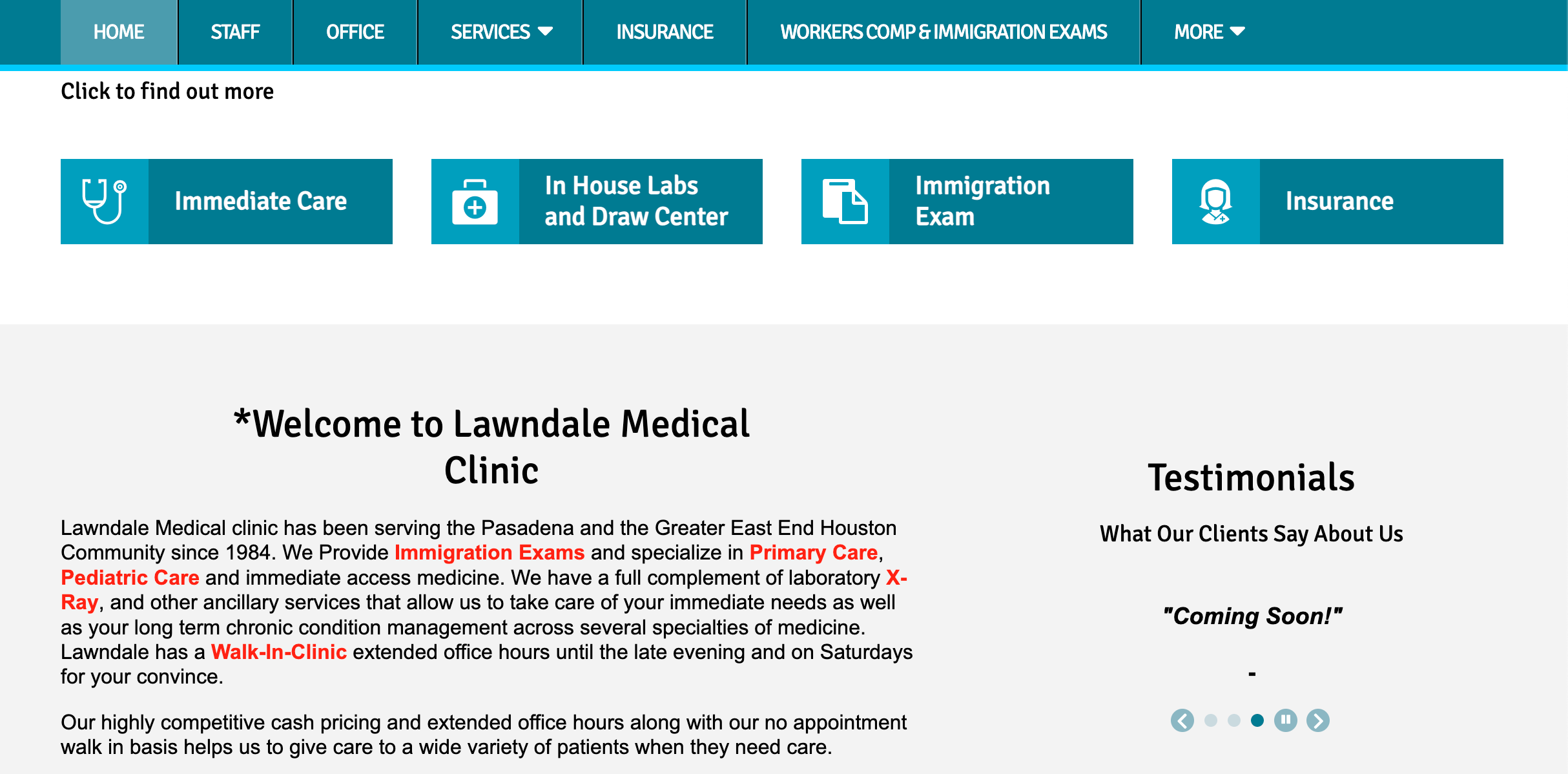A well-designed and user-friendly website serves as the cornerstone of any company's online presence. It not only acts as a virtual storefront but also serves as a platform to engage with potential customers, showcase products or services, and establish credibility.
Whether you're a small local business or a multinational corporation, there are certain essential elements that every business website should incorporate. In this article, we will explore these key elements that can help drive traffic, engage visitors, and ultimately lead to business growth.
Table of Contents

Common Goals of Business Sites
Most business websites are, in their own unique way, part of the business’s marketing whether the company meant for it to be. A site reflects the company’s target audience, service or type of products offered, their brand, values, and much more. However, when designing a website, what questions should you ask yourself?
Establishing a Strong Online Presence
One of the primary goals of a business website is to establish a strong online presence. In today's digital age, a website acts as a virtual storefront, allowing potential customers to discover and learn about your business. It serves as a platform to showcase your products or services, communicate your brand identity, and convey your unique value proposition. A well-designed website with compelling content and intuitive navigation helps create a positive first impression and builds credibility for your business.
Generating Leads and Conversions
Another crucial goal for a business website is to generate leads and convert visitors into customers. By implementing effective lead generation strategies, such as compelling call-to-action (CTA) buttons, well-placed contact forms, and enticing offers, a website can capture valuable customer information.
This allows businesses to nurture leads through targeted marketing campaigns and eventually convert them into paying customers. Tracking and analyzing website metrics, such as conversion rates and bounce rates, can help optimize the website's performance and improve lead generation efforts.
Increasing Brand Awareness and Visibility
A business website plays a pivotal role in increasing brand awareness and visibility in the online space. By implementing search engine optimization (SEO) techniques, businesses can improve their website's visibility in search engine results pages (SERPs). This helps attract organic traffic and ensures that potential customers can find your business when searching for relevant keywords.
Additionally, incorporating social media integration, sharing buttons, and engaging content encourages visitors to share your website with their networks, further amplifying brand reach and awareness.
At the bottom right of this webpage example (seen below), there are links attached to social media logo icons that take site visitors to each of Kendra Scott's social pages.

Photo credit: Kendra Scott
Enhancing Customer Engagement and User Experience
Customer engagement is a critical aspect of any successful business, and a website serves as an ideal platform for fostering meaningful interactions with customers. Through various engagement features, such as live chat support, comment sections, and social media integration, businesses can facilitate communication and build relationships with their target audience.
Additionally, providing a seamless and user-friendly experience is essential for keeping visitors engaged and reducing bounce rates. Implementing responsive design, intuitive navigation, and fast loading times are key elements that contribute to an excellent user experience.
Showcasing Products or Services
For businesses that offer products or services, a website serves as a digital showroom to showcase their offerings. High-quality images, detailed descriptions, and user-friendly product/service pages allow visitors to explore and understand what your business provides.
Incorporating customer reviews and testimonials further strengthens the credibility of your offerings and helps potential customers make informed purchase decisions. Integrating e-commerce functionality enables businesses to facilitate online sales and expand their customer base beyond geographical limitations.

Photo credit: filmora.wondershare.net
Providing Valuable Information and Resources
Educating and providing valuable information to visitors can be a powerful way to establish thought leadership and build trust. By creating informative blog posts, articles, tutorials, or industry-specific resources, businesses can position themselves as experts in their field.
Sharing industry insights, best practices, and helpful tips not only attracts visitors but also encourages them to return to your website for future reference. This establishes your business as a reliable source of information and increases the chances of converting visitors into loyal customers.
Monitoring and Analyzing Website Performance
A business website should be continuously monitored and analyzed to measure its performance and identify areas for improvement. Tracking key performance indicators (KPIs) such as website traffic, conversion rates, bounce rates, and engagement metrics provides valuable insights into the effectiveness of your website.
Tools like Google Analytics offer in-depth data and analytics that can help businesses make data-driven decisions, optimize marketing strategies, and refine their website to achieve better results. TruVISIBILITY also includes website analytics when you create a website or single webpage with the Sites app.
By setting clear goals, implementing effective strategies, and regularly monitoring website performance, businesses can unlock the full potential of their online presence and pave the way for sustainable growth.
9 Elements Every Business Website Needs
There are 9 common elements to consider including on your website. And it doesn’t matter if you are a contractor, a small or growing B2B company, or even a large ecommerce business. These website rules are a few you should follow when creating your business site.
Clear and Compelling Branding
One of the first things visitors notice when they land on your website is your branding. Consistent and compelling branding helps create a strong first impression and sets the tone for your business. It should include a well-designed logo, a consistent color scheme, and appropriate typography that aligns with your brand identity. The branding elements should be prominently displayed on the website, including the homepage, headers, and footers, to reinforce your brand image.
User-Friendly Navigation
A user-friendly navigation structure is essential to ensure visitors can easily find the information they are looking for. The navigation menu should be clear, intuitive, and prominently placed, preferably at the top of the website. It should include essential sections such as Home, About Us, Products/Services, Contact, and any other relevant pages specific to your business. Additionally, a search bar can further enhance navigation, allowing users to quickly find specific information or products.
Responsive Design
With the increasing use of smartphones and tablets, it is crucial for your website to be responsive, adapting seamlessly to various screen sizes. A responsive design ensures that your website looks and functions well across different devices, providing a consistent user experience. Mobile-friendly websites are favored by search engines and improve the overall accessibility of your business to potential customers.
Engaging Content
Compelling and informative content is the heart of any successful website. It is essential to understand your target audience and create content that resonates with them. High-quality articles, blog posts, product descriptions, and engaging visuals such as images and videos can captivate visitors and encourage them to explore further. Content should be well-organized, easy to read, and optimized for search engines to improve visibility.
Clear Call-to-Action (CTA)
A clear and persuasive call-to-action is vital for converting website visitors into customers. Whether it's signing up for a newsletter, making a purchase, or contacting your business, the CTA should be prominently displayed and visually appealing. It should use action-oriented language and be strategically placed throughout the website, including on the homepage, product/service pages, and contact page.
In the example below, visitors of this clinic's site are encouraged to learn more about their immediate care, in house labs, and more.

Photo credit: Lawndale Medical Clinic
Contact Information
Displaying accurate and easily accessible contact information is essential for building trust and credibility. Include a dedicated contact page with a contact form, along with your business's phone number, email address, and physical address. Additionally, incorporating social media links allows visitors to connect with your business through various channels.
Testimonials and Reviews
Customer testimonials and reviews are powerful tools to establish credibility and trust. Positive feedback from satisfied customers can significantly influence potential customers' decision-making process. Include a dedicated section on your website to showcase testimonials, reviews, or case studies. Incorporating logos or snippets from reputable clients or industry partners can also enhance your business's reputation.
Security and Privacy
In an age where data breaches and online scams are prevalent, assuring visitors about the security and privacy of their information is crucial. Invest in SSL certificates to encrypt data transmitted through your website, ensuring secure browsing for your visitors. Display security badges or seals to instill trust and let users know that their personal information is safe.
Integration with Social Media
Social media channels, such as Facebook, Twitter, LinkedIn, and even Instagram and TikTok are common ways people connect and follow brands, companies, and individuals they like. One of your business goals should be to have more people follow you.
If you keep up with posting something everyday or updating your social pages, then the right audience will follow you. Why not make it easy for your audience and hyperlink your social pages to social media icons on your website? This way, they can follow you and become more aware of your brand… not to mention more likely to sign up for a deal or make a purchase from your business.
Conclusion
A business website can serve as a powerful tool to achieve various goals and drive success in sales. You now know which elements to include in your webpages and have hopefully found inspiration for creating a more profitable business site. From establishing a strong online presence to generating leads, increasing brand awareness, and enhancing customer engagement, your business can leverage its websites to create meaningful connections with your target audience.
Register a freemium TruVISIBILITY account and get unlimited access to fully functional marketing software free of cost!
As your business grows, you only pay for what you use without any contract. A freemium TruVISIBILITY account allows you to:
- Create a chatbot that can conduct up to 100 conversations per month
- Launch email blasts, start drip campaign, etc with 1000 free emails sent monthly
- Send 1000 SMS texts per month
- Build 1 website including a blog
- 1 GB of storage usage
- 1 SSL certificate
- Unlimited API usage
The pricing is based on usage over the free monthly allotment. Thus it is extremely affordable for small to medium businesses. You can adjust the number of conversations your chatbots can have, the number of emails and SMS that can be sent per month, the number of websites you can deploy, and the capacity of your cloud storage. Simple and flexible!
Want to receive more articles?
Sign-up for our weekly newsletter to receive info that will help your business grow



